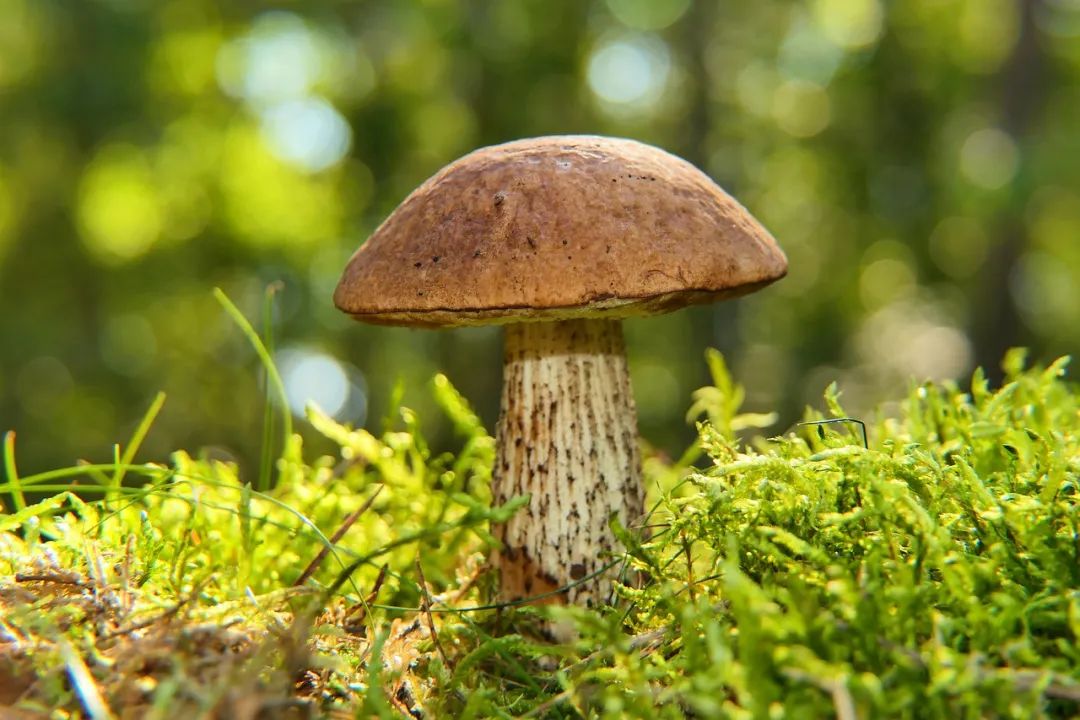The temperature is warming up, everything is recovering, and all localities are gradually entering a period of high incidence of food-borne diseases. In order to protect public health, according to the monitoring results of food-borne diseases in recent years, the following tips are made.
01
Do not eat wild mushrooms indiscriminately.
Risk:
Poisoning incidents of eating poisonous mushrooms by mistake have gradually increased in southern areas such as Yunnan, Guizhou and Hunan. The main manifestations of poisoning are nausea, vomiting, abdominal pain, photosensitive dermatitis and hepatosplenomegaly, which can lead to liver damage and even life-threatening in severe cases.
Preventive measures:
Do not pick, buy or eat unfamiliar wild mushrooms; All localities should issue risk warnings in time before the growth period and high incidence season of wild mushrooms according to the types of poisonous mushrooms and climatic conditions.

02
Green beans should be cooked.
Risk:
Kidney beans (green beans) contain natural toxins such as saponin and phytohaemagglutinin. If they are undercooked, they may be poisoned, which may lead to high incidence in family and unit canteens. The main manifestations are nausea, vomiting, abdominal pain, diarrhea, dizziness, fatigue and headache.
Preventive measures:
When cooking, especially when making cauldron dishes, you must stir fry evenly and cook thoroughly until there is no green and bean smell.
03
Be careful when eating wild vegetables.
Risk:
Spring is the season to eat wild vegetables (spring vegetables), but some poisonous plants are very similar to edible wild vegetables (such as hemlock and cress), and eating by mistake will cause poisoning, ranging from nausea, vomiting, abdominal pain, diarrhea and other gastrointestinal symptoms to dyspnea, coma and even life-threatening.
Preventive measures:
Don’t eat wild vegetables you don’t know at will; Don’t be superstitious about the "health-preserving" effect of wild vegetables, and don’t eat too much even edible wild vegetables at one time.
04
Don’t "eat river bream to death"
Risk:
In spring, the river bream is the fattest, but the liver, ovary, skin and blood of wild river bream contain highly toxic river bream toxin. If you eat the river bream by mistake or eat it without professional treatment, it can cause poisoning, which occasionally happens in the southeast coastal areas of China, mainly caused by dried fish mixed with wild river bream. Poisoning is characterized by numbness of mouth and lips, vomiting and difficulty breathing, which can be fatal in severe cases.
Preventive measures:
Do not fish, buy or eat wild river bream; When buying miscellaneous dried fish, we should pay attention to screening and eliminating wild river bream.
05
Self-made medicated diet medicinal liquor should be cautious.
Risk:
Plants such as Aconitum and Gelsemium are highly toxic. Improper handling and misuse of self-made medicated diet and medicinal liquor may lead to serious poisoning and even death. Aconitum poisoning mostly occurs in southwest areas such as Yunnan and Guizhou, and Gelsemium poisoning is common in Guangdong and Guangxi. The main manifestations are dizziness, blurred vision, numbness of mouth and limbs, nausea, vomiting, abdominal pain, palpitation, dyspnea, gait instability, fatigue and arrhythmia; Severe poisoning may lead to dyspnea, loss of consciousness and death.
Preventive measures:
Prepare medicated diet or medicated wine under the guidance of professionals; Pay attention to distinguish the flowers from edible honeysuckle and the rhizome of Dioscorea nipponica to avoid misuse.
06
Prevention of nitrous acid poisoning
Risk:
Nitrite poisoning is mainly caused by mistaken use of nitrite as seasoning (such as edible salt and monosodium glutamate) or illegal use, which mainly occurs in small restaurants, street stalls and families of related practitioners. The main manifestations are cyanosis of skin and mucosa, dizziness, fatigue, nausea, dyspnea, palpitation, headache, vomiting, abdominal pain, severe cyanosis, and decreased blood pressure, which may lead to shock in severe cases, or death due to respiratory failure caused by severe hypoxia.
Preventive measures:
Strengthen supervision and strictly implement the regulations prohibiting the purchase, storage and use of nitrite in catering service industry; Safe storage, eye-catching identification, to avoid misuse.
07
Prevent norovirus
Risk:
Norovirus is highly contagious and can be prevalent all year round, especially in winter and spring. It is mainly spread by contact with aerosol, food and water, and it is easy to cause large-scale infection in crowded places (such as restaurants, schools, kindergartens and families). The main manifestations are nausea, vomiting, diarrhea, abdominal pain, fever, headache, fatigue, muscle soreness, dehydration and loss of appetite.
Preventive measures:
Food is thoroughly cooked, especially shellfish and aquatic products; Wash your hands before and after meals and before handling food; Schools, kindergartens, restaurants, cruise ships and other public places regularly use chlorine-containing disinfectants to disinfect common facilities such as door handles, faucets and stairs, and isolate and report suspected cases in time.
Source | Popular Science China Comprehensive from National Food Safety Risk Assessment Center
Original title: "[Wangcheng Popular Science] outbreak season of food-borne diseases! Be careful when eating these foods! Collect quickly! 》
Read the original text
关于作者